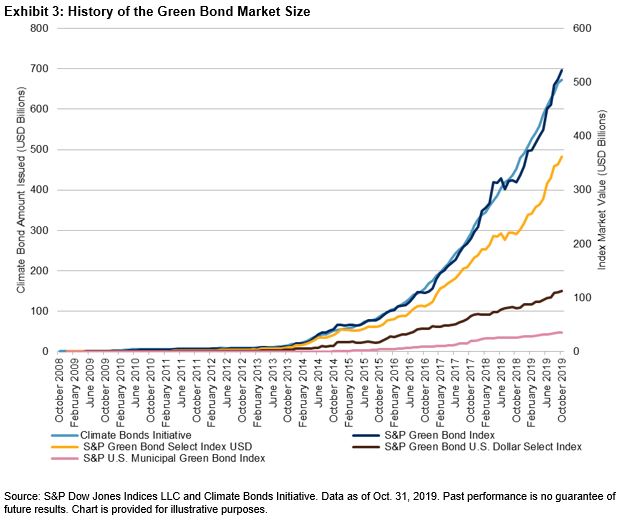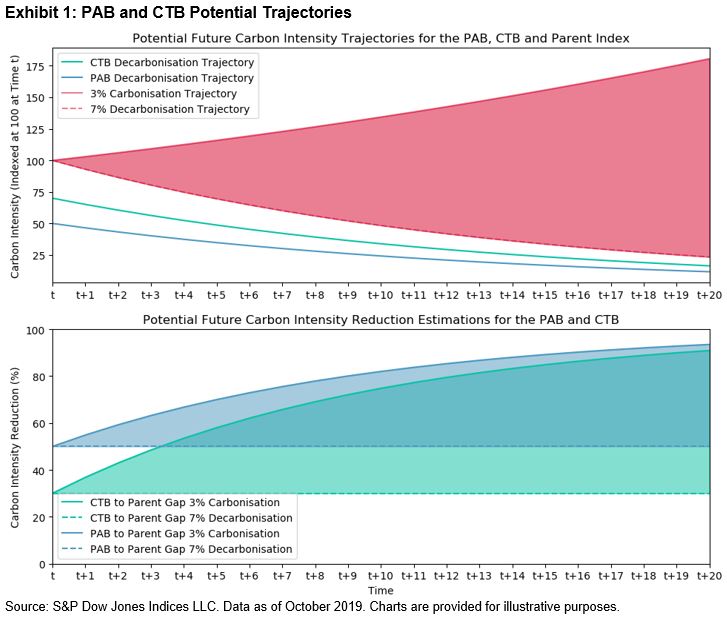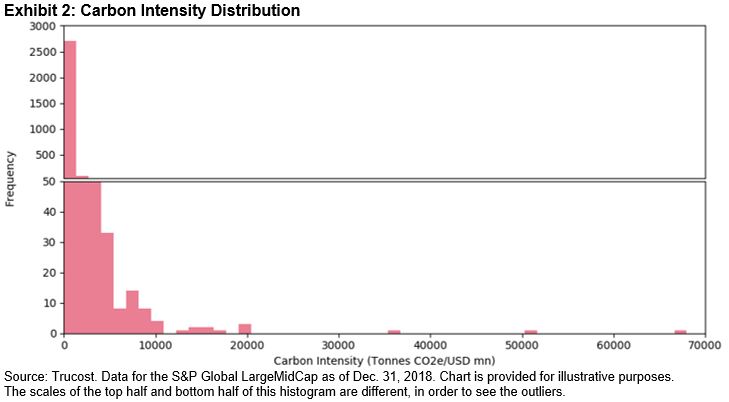A wise man told me years ago that sometimes the things we see are less important than our way of seeing. As more formerly-active investors begin to use passive vehicles, it’s useful to consider if there’s a distinctly index-centric way of seeing, and what its elements might be. I think that there are at least three such elements.
First, passive is the default position. When considering a market, a segment, a factor — first ask how it can be accessed passively, or “indicized.” Claims of value added by active stock selection should be viewed with extreme skepticism. This is not an argument from convenience or doctrine, but rather a reflection of a powerful empirical truth: most active managers underperform most of the time. Over intervals as short as five years, it’s not uncommon to find that more than 80% of active managers lag a benchmark that’s appropriate to their investment style. This is not a statistical coincidence; it happens for good reasons and is therefore highly likely to persist for the foreseeable future. Defaulting to passive simply recognizes this reality.
Second, think of an active portfolio as a collection of attributes, not a collection of stocks. For any individual company, stock-specific matters typically dominate risk and return. At the portfolio level, idiosyncratic issues are much less important. Otherwise said, the important drivers of portfolio success are factor exposures: large cap vs. mid- or small cap, growth vs. value, low volatility vs. high volatility, high quality vs. low quality, and so on. The names of the stocks matter much less than their collective exposure to these factors. More often than not, in fact, we find that stock selection actually subtracts value, even from successful active portfolios.
Finally, view performance as a byproduct, not as an end in itself. This is perhaps the most difficult adjustment required in the active mindset; obviously investors put money in the stock market because they expect it to generate better performance than bonds or cash. So it has done over the long run, but agnosticism is generally in order when it comes to short-run results. This is particularly true for factor indices, which enable investors to indicize active strategies. Just as no active manager outperforms all the time, neither does any factor. For example, low volatility indices, over time, have outperformed quite handsomely — but that is not the measure of their success. Their success is judged by their having mitigated the fluctuations in their parent indices – which, in rising markets, can lead to lagging results. In cases such as this, underperformance is not an indication of failure. It may simply mean that a factor index is doing what it was designed to do.
These three precepts — defaulting to passive, approaching portfolios as attributes, and viewing performance as a byproduct — go a long way to defining an index investor’s view of the world.
The posts on this blog are opinions, not advice. Please read our Disclaimers.























































